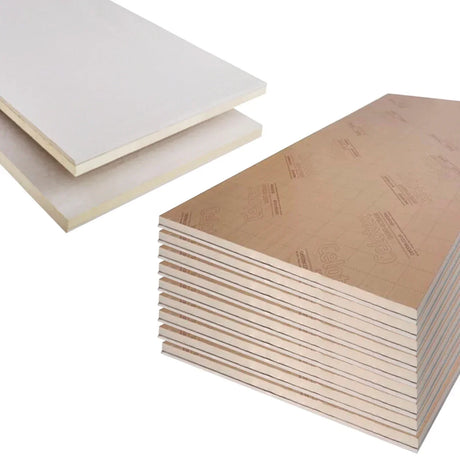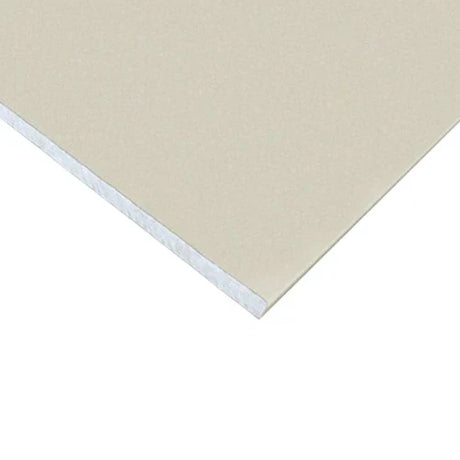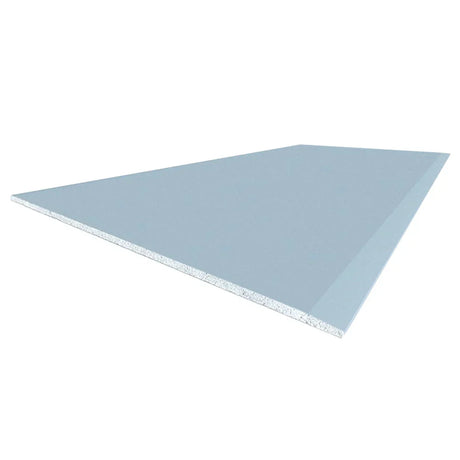Selecting appropriate aluminium guttering sizes requires balancing multiple factors including roof area, rainfall intensity, aesthetic considerations, and building regulations.
Understanding the key sizing principles helps ensure optimal water management while maintaining appropriate architectural proportions and regulatory compliance.
Roof catchment area provides the fundamental starting point for guttering size calculation. Measure the plan area of each roof section draining to particular gutter runs, accounting for the actual roof slope rather than simply the building footprint. For a typical pitched roof, the catchment area exceeds the building footprint by approximately 15-25% depending on pitch angle, with steeper pitches creating larger effective catchment areas. For complex roof designs with multiple pitches or sections, calculate each area separately based on drainage patterns. A simple calculation method multiplies the building length by the sloping distance from eave to ridge (rather than the horizontal distance) to determine actual catchment area. This precise area determination prevents the undersizing that often results from using simple building footprint dimensions without accounting for actual roof geometry.
Local rainfall intensity significantly influences appropriate guttering capacity requirements. The UK experiences substantial regional variation in maximum rainfall intensity, with western regions typically experiencing more intense downpours than eastern areas. For precise sizing, consult meteorological data for maximum rainfall intensity in your specific location, typically expressed in mm/hour for design storm events. Standard design calculations generally use the 1-in-5-year storm event figures, providing reasonable protection without excessive oversizing. For critical applications or areas prone to exceptional weather events, consider using 1-in-10-year or even 1-in-20-year figures for enhanced protection. This rainfall intensity factor directly influences the required water-carrying capacity, with higher figures necessitating larger gutter profiles or additional downpipes to manage increased flow volumes during peak events.
Flow capacity calculations combine catchment area with rainfall intensity to determine required guttering capacity. While comprehensive hydraulic calculations involve complex formulas, simplified approaches provide practical guidance for typical applications. As a general rule, standard half-round 125mm (5-inch) aluminium guttering typically handles roof areas up to 70m² per downpipe in moderate rainfall regions, while larger 150mm (6-inch) profiles accommodate up to 115m² per downpipe. For higher rainfall regions or roof designs creating concentrated flow patterns, consider either larger profiles or additional downpipes positioned at more frequent intervals. Leading UK manufacturers like Marley Alutec and Alumasc provide detailed flow calculators on their websites or in technical literature, allowing precise capacity determination based on specific project parameters rather than relying on general guidelines.
Downpipe sizing maintains appropriate relationship with gutter dimensions to ensure adequate discharge capacity. For standard half-round 125mm guttering, 76mm (3-inch) round or 65mm square downpipes typically provide appropriate flow capacity. Larger 150mm guttering generally requires 102mm (4-inch) round or 80mm square downpipes to prevent bottlenecking during peak flow conditions. The critical relationship maintains downpipe cross-sectional area at approximately 40-50% of the gutter cross-sectional area, ensuring water can discharge efficiently without creating backup during heavy rainfall events. Positioning downpipes at appropriate intervals (typically maximum 10-12 metres apart) further ensures effective water management without exceeding gutter capacity even during intense rainfall periods.
Aesthetic proportions influence sizing decisions alongside pure hydraulic considerations. Traditionally, gutter sizing maintained specific relationships with building scale, with larger properties incorporating proportionally larger profiles for appropriate visual balance. For period properties, this proportional relationship proves particularly important for aesthetic authenticity, with Georgian and early Victorian buildings typically featuring relatively modest guttering, while high Victorian and Edwardian properties often incorporated more substantial profiles as deliberate architectural features. Contemporary design approaches still benefit from this proportional relationship, with larger buildings generally requiring more substantial guttering profiles to maintain appropriate scale relationships. These aesthetic considerations complement functional requirements, often encouraging selection of guttering dimensions at the upper end of hydraulically adequate ranges for enhanced visual appropriateness.
Building regulations and standards provide minimum performance requirements influencing sizing decisions. UK Building Regulations Approved Document H provides guidance on rainwater drainage design, with calculations based on BS EN 12056-3 methodology. These standards establish minimum capacity requirements based on projected rainfall intensity and effective roof areas, with safety factors applied for critical applications. While compliance with these standards represents a legal requirement for new construction, renovation projects replacing existing systems often benefit from enhanced capacity beyond minimum requirements, providing additional protection against increasingly frequent extreme weather events. Professional designers typically incorporate appropriate safety margins above calculated minimums, recognizing the relatively modest cost increase for upsized components compared to the potential damage from system overflow during exceptional conditions.
Roof design features creating concentrated flow patterns may necessitate localized capacity enhancement. Valleys between roof sections concentrate water from multiple catchment areas into specific gutter positions, potentially overloading standard capacity at these points. Similarly, areas below roof transitions or adjacent to walls often receive additional water volume from vertical surfaces during wind-driven rain events. These concentration points may benefit from either larger profile sections at specific positions or additional downpipes located strategically to manage increased flow volumes. Careful analysis of the specific roof design identifies these potential concentration points, allowing tailored capacity enhancement at critical locations rather than comprehensive oversizing of the entire system.
Material selection influences required sizing through differences in flow characteristics between alternative materials. Aluminium's smooth internal surface creates less flow resistance than rougher alternatives like cast iron, allowing slightly smaller profiles to handle equivalent water volumes. The precise extrusion manufacturing process creates consistent dimensions with smooth transitions at fittings, further enhancing flow efficiency compared to materials with more variable manufacturing tolerances. Modern aluminium guttering often incorporates subtle internal shaping to enhance flow characteristics without affecting external appearance, allowing traditional profile appearances with improved hydraulic performance. These material-specific factors sometimes permit aluminium systems to utilize profiles one size smaller than alternative materials while maintaining equivalent flow capacity, providing both aesthetic and practical advantages.
Climate change implications increasingly influence sizing decisions beyond historical rainfall data. Meteorological evidence demonstrates changing rainfall patterns across the UK, with more frequent intense storm events even in traditionally moderate rainfall regions. Forward-thinking design increasingly incorporates capacity enhancement beyond historical requirements, recognizing that systems installed today will experience different rainfall patterns throughout their multi-decade service life. This climate-aware approach typically involves selecting guttering dimensions one size larger than minimum calculations suggest, providing additional capacity reserve for future rainfall intensity increases. The relatively modest cost premium for enhanced capacity provides valuable insurance against potential future overflow events that could cause substantial building fabric damage.
Professional sizing assistance provides valuable expertise for complex projects or critical applications. While straightforward residential projects can often utilize simplified sizing approaches with appropriate safety margins, complex buildings with unusual roof geometries, multiple levels, or critical content protection requirements benefit from professional hydraulic calculations. Specialist rainwater system suppliers offer comprehensive design services incorporating detailed flow modeling based on specific project parameters rather than generalized guidelines. This professional input proves particularly valuable for historic buildings with irreplaceable fabric vulnerable to water damage, or commercial properties where business interruption from system failure carries significant financial implications beyond simple repair costs.
At DIY Building Supplies, our technical team provides comprehensive sizing guidance for aluminium guttering systems, helping customers select appropriate dimensions for their specific project requirements. We utilize sophisticated flow calculation tools incorporating local rainfall data, specific roof geometry, and building characteristics to ensure optimized system specification balancing performance requirements with aesthetic considerations.









